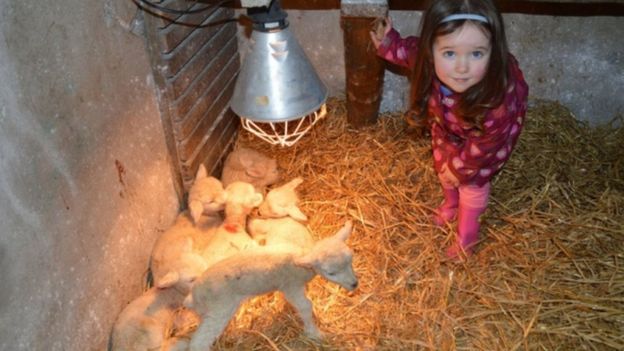|
Wool Pellets (patent pending) are a brand new way to grow healthy, happy, all natural plants. As our newest and most innovative product, Wool Pellets are made from 100 % American raw wool and provide fertilizer, porosity, and water wise holding ability to your plants. Wool is sheared from our sheep and other ranchers’ sheep each spring some of this wool is sold to make clothes. However belly wool and wool from around the back end of the sheep(called “tags”) is what we use to make Wooley Water Wise Wool Pellets. Wool Pellets have a fertilizer value of 9-1-2 NPK, plus they have Calcium, Magnesium,Iron, Sulfur, and other Micro nutrients in just the right amounts.
Wild Valley Farms has partnered with Pineae Greenhouses to create the Wooley Water Wise hanging baskets which will be available through Costco spring of 2016. |
Wool Pellets are more than a fertilizer because:
- Ability to hold 20 times their weight in water helping to reduce the times you water.
- By holding water they can wick away extra water protecting your plants from over watering.
- Wool pellets also expand when added to the soil helping to increase porosity for optimal root growth. Reducing the need for additives like Perlite.
- Wool Pellets are slow release helping your plants grow all year long.
- Wool Pellets are All Natural, Organic, Sustainable, and Renewable. They are made from 100% raw wool from U.S. ranchers.
- Wool Pellets improve your soil!
- Wool Pellets also repeal slugs and snails.






